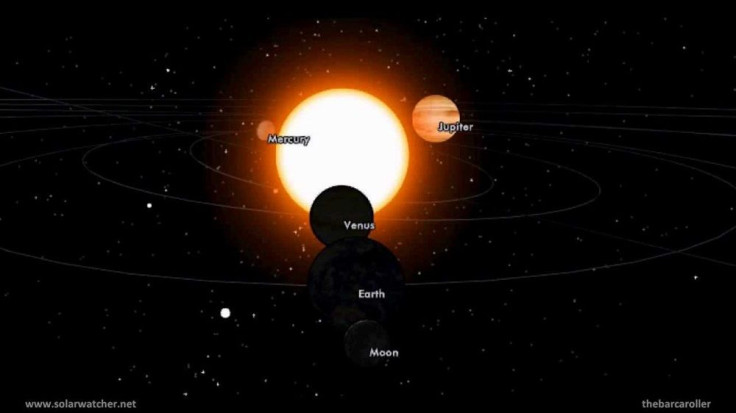Order of planets changes in rare planetary alignment
Radio frequency-based instruments benefit terrestrial and space communication

The alignment of five planets — Mercury, Venus, Saturn, Mars and Jupiter — across the sky is visible to the naked eye, from Jan 20 through Feb 20. The ABC Australia reports that all five planets will be seen early in the morning aligned, from low in the east and high in the North.
On Jan 20, the formation was seen between 5:30 am and 5:40 am, but this is expected to extend, 5:00 am to 6:00 am, until Feb 20.
Venus, Mars, Jupiter and Saturn have been seen together since early this January 2016. Museum Victoria astronomer Tanya Hill said that Mercury will now join the rest as it transitions from a night to day sky object. The planet will continue to rise higher each morning until early February, where it will sit below Venus.
The order of the planets will be different from their known order, which is according to their distances from the Sun. Starting from the horizon, Mercury will appear first, followed by Venus. Saturn and Mars comes third and fourth, respectively. Jupiter takes the tail of the line. Hill said that all five planets will align again in the August night sky this year, but after that, the phenomenon will not happen again until in October 2018.
While some extremely rare celestial phenomena, such as this, are observable by the naked eye, most space explorations and discoveries used highly powerful instruments. Space communication devices use radio frequency based technologies to relay messages from one satellite to another.
Radio frequency (RF) is a familiar technology, as it is widely used for mobile communication. However, the far-reaching effects and achievements of RF has been largely unheralded. For example, US-based company, 5BARz International ( OTCQB: BARZ) used a RF-based solution for the problem in mobile network signals.
Their revolutionary network extender device uses low radio frequency spectrum which can easily transfer mobile network signals in a room of up to 4,000 square feet. The plug-and-play unit supports 2100, 850, 900 and 1700 MHz frequency band units which can easily strengthen weak indoor mobile signals.
International military operations are also largely dependent on RF. According to the Space Academy, the International Telecommunications Union (ITU) assigns radio frequency allocations for every country. Space frequency bands are used in various ways, ranging from advanced space communication to weather satellite downloads. For example, NASA also uses three specific bands to communicate to three of its Deep Space Network in California, Canberra and Spain.
Man’s quest to deeply understand the universe unraveled fascinating science discoveries such as planetary alignments and other celestial phenomena. It also opened doors for improvement of communication devices that has been used in deep space exploration and to simply enhance mobile communication here on Earth.





















